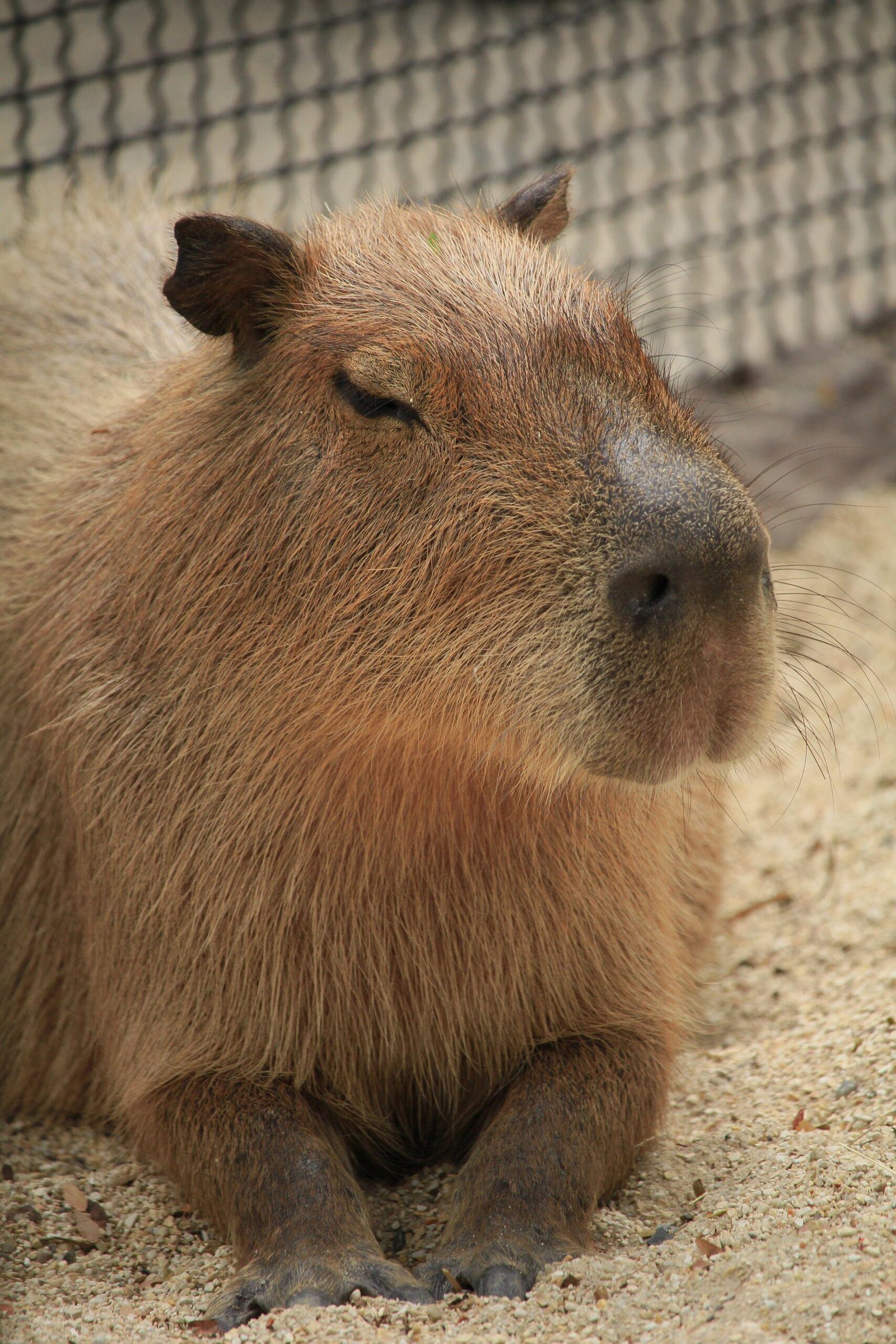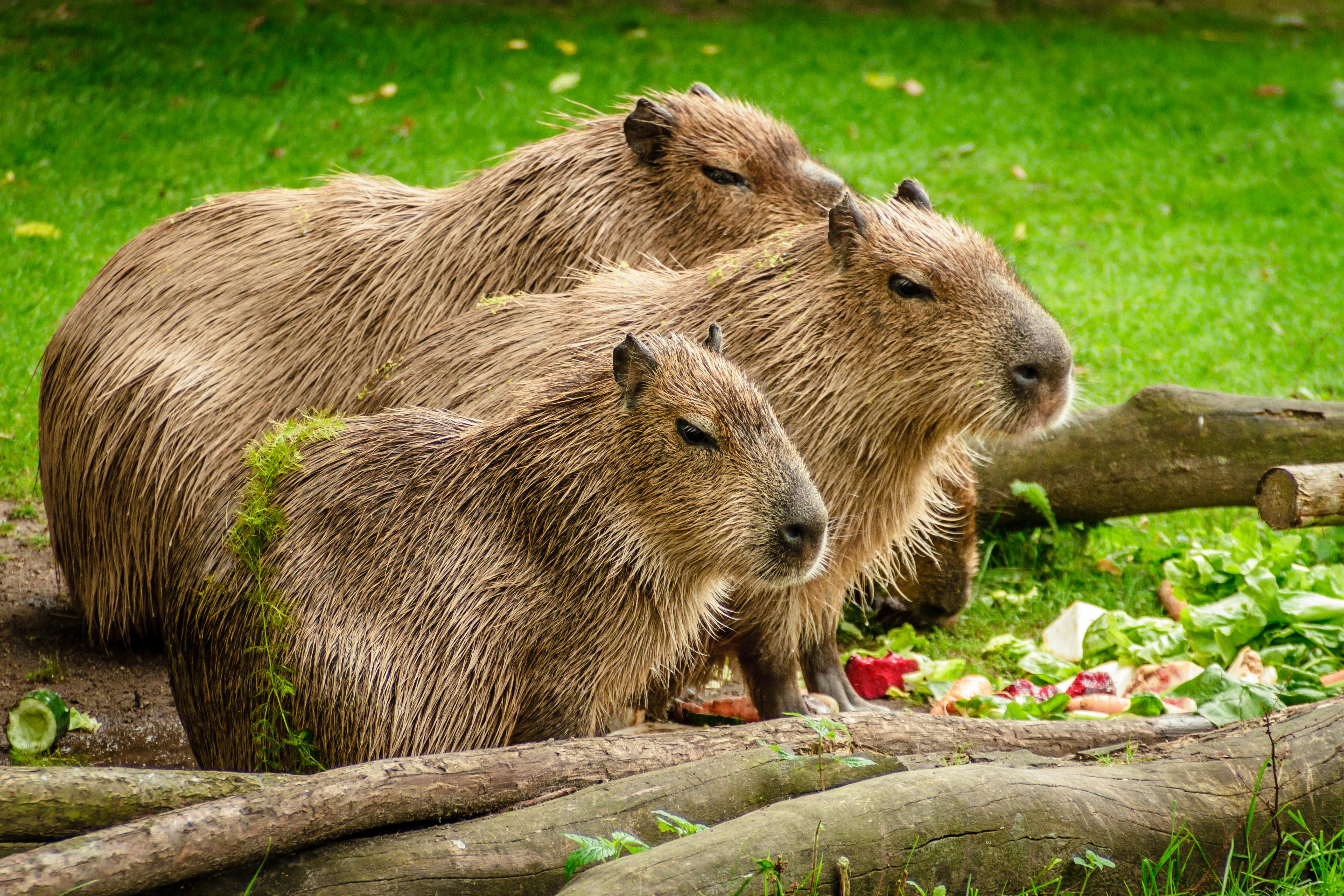Table of Contents
Imagine being able to effortlessly draw a capybara head, capturing its quirky and lovable features with just a few strokes. In this article, you will be guided through the step-by-step process of creating a delightful capybara head drawing. From the defining shape of its head to the adorable eyes and expressive snout, you will learn the techniques that will bring this charming animal to life on your paper. Whether you are an aspiring artist or simply looking for a fun and relaxing activity, this guide will enable you to create an adorable capybara head drawing with ease. So grab your pencil, get ready to unleash your artistic talents, and let’s embark on this creative journey together!

Materials Needed
To begin learning how to draw a capybara head, you will need a few basic materials. Make sure you have a pencil, an eraser, and some drawing paper. These supplies will be essential for creating your masterpiece. With these materials in hand, you’ll be ready to dive into the world of capybara drawing!
Reference Image
Finding a clear reference image is crucial when drawing any subject, including a capybara head. You can search for reference images online or in books, ensuring that you have a clear view of the capybara’s features. Having a visual guide will help you accurately capture the unique characteristics of this adorable creature.
Once you find a reference image, you have the option to either print it out or use a digital reference. Printing the image allows you to have a physical copy to refer to while drawing. However, using a digital reference on a tablet or computer screen can also be convenient. Choose the method that works best for you and your drawing process.

Basic Shapes
Before diving into the details of a capybara head, it’s essential to start with basic shapes. Begin by drawing an oval shape to establish the general outline of the head. This oval shape will serve as the foundation for the rest of the drawing.
Next, add guidelines for the face within the oval. These guidelines will help you position the eyes, nose, and mouth accurately. By mapping out the face’s proportions, you can ensure that your capybara head looks realistic and proportional.
To further refine the shape of the head, sketch basic shapes to represent the ears and nose. The ears can be represented by curved lines attached to the top of the head, while the nose can be a simple triangle shape at the center bottom of the oval.
Details of the Face
Once you have established the basic shapes of the capybara head, it’s time to add more details. Begin by refining the snout, the elongated part of the face. Pay attention to the reference image and carefully shape the snout using curved lines.
Next, draw the eyes and eyebrows. The capybara’s eyes are usually round, and the eyebrows can be indicated with curved lines above each eye. Take your time to capture the expression and emotion that you want to portray with your capybara drawing.
After completing the eyes, it’s time to add the mouth and teeth. The mouth can be represented with a curved line, slightly open to show the capybara’s teeth. Drawing the teeth as simple horizontal lines within the mouth will give your capybara a realistic touch.

Ears and Fur
To enhance the capybara’s realism, let’s focus on the ears and fur. Start by adding fur texture to the ears. The capybara’s ears are covered with fur, so adding short, curved strokes to the ears will create a realistic look. Pay attention to the direction of the fur and mimic it with your pencil strokes.
Next, draw the inner details of the ears. Within the ear shape, add smaller curved lines to represent the folds and creases typically seen in capybara ears. These details will add depth and dimension to your drawing.
Distinctive Features
Capybaras have a few distinctive features that will make your drawing stand out. Begin by adding the capybara’s cheek pouches. These pouches can be indicated by drawing slightly puffy areas on each side of the face. They are typically located near the lower part of the face and add an extra level of cuteness to the capybara’s appearance.
Next, focus on drawing the nose and nostrils. The capybara’s nose is usually rounded and can be represented by a curved shape at the center of the face. Within the nose, add oval-shaped nostrils to complete this feature. Be sure to observe your reference image closely to capture the shape and positioning accurately.
Lastly, sketch the whiskers. Capybaras often have long whiskers, which add to their charm. Use thin, curved lines to draw the whiskers on each side of the face. The whiskers can extend slightly beyond the outline of the head, giving your capybara a playful and lively look.
Shaping the Head
To give your capybara head more structure and definition, it’s time to focus on shaping the head. Start by defining the outline of the head. This can be done by tracing over the previously drawn oval shape and making the lines more prominent. Pay attention to the curves and contours of the capybara’s head as you refine the outline.
Next, add volume to the forehead and cheeks. Capybaras often have a rounded forehead and chubby cheeks. Use curved lines to add subtle shadows and highlights that will create depth and add dimension to the head.
Lastly, refine the jawline. The capybara’s jawline is typically slightly rounded, blending into the neck. By adding gentle curves and adjusting the shape of the jawline, you can give your capybara a more polished and realistic appearance.
Facial Expressions
Creating different facial expressions can bring your capybara head to life. Experimenting with different emotions and expressions will allow you to showcase the capybara’s versatile personality. Here are a few expressions you can try:
Drawing a happy expression: Raise the eyebrows slightly, draw rounded eyes, and add a smile to your capybara’s mouth. You can also try slightly tilting the head to one side to enhance the joyful vibe.
Creating a cute and curious look: Raise one eyebrow, draw wide, curious eyes, and slightly open the mouth. Adding a tilted head can emphasize the capybara’s adorable and inquisitive nature.
Adding a serious or sleepy expression: Lower the eyebrows, draw smaller and partially closed eyes, and slightly tilt the mouth downward. With these subtle changes, you can portray a more serious or relaxed capybara.
Shading and Highlights
To add depth, dimension, and realism to your capybara head drawing, shading and highlights are essential. These techniques will bring your drawing to life and create a more three-dimensional appearance.
Start by creating depth and dimension by shading the areas that would naturally be shadowed. Observe your reference image and identify the areas where shadows would fall, such as under the snout and around the cheeks. Use your pencil to apply gradual layers of shading, starting with lighter strokes and gradually building up the darkness.
Next, add shading to the fur. Capybaras have short, dense fur, so use short, light pencil strokes to create the appearance of fur texture. Pay attention to the direction of the fur and the overall shape of the capybara’s head to add shading accordingly.
To make the eyes and snout pop, add highlights. Highlights can be created by leaving small areas of the paper blank or using an eraser to gently lift the graphite. This technique will make the eyes and snout appear shiny and add a spark of life to your capybara drawing.
Finalizing the Drawing
With the main components of your capybara head drawing complete, it’s time to finalize the details. Begin by erasing any unnecessary guidelines that are still visible. Take your time and carefully remove any stray lines or marks that no longer contribute to the overall appearance of your drawing.
Next, add final details to enhance the realism and charm of your capybara head. Focus on small but significant elements, such as adding texture to the fur or strengthening the details of the ears and mouth. These final touches will elevate your drawing and make it truly unique.
If you want to take your drawing to the next level, you can also consider inking or coloring your capybara head. Inking the drawing with a fine liner or coloring it with colored pencils or markers can add a vibrant touch and bring your capybara to life in even more vivid colors.
Remember, though inking and coloring are optional, they can be a fun and creative way to add your personal style and flair to your capybara head drawing.
By following these steps and using your creativity and imagination, you’ll be able to draw a capybara head that is realistic, charming, and full of personality. So grab your materials, find a reference image, and let’s get started on this capybara drawing adventure!
